Cynthia Papettas
Conservation Leader
Cynthia is a Graduate Services Coordinator as well as an instructor at the University of Delaware. She has been an educator for the past five years and has worked with students K-12 as well as students in higher education. Her primary focus is on equity in education as well as environmental education that is focused on conservation efforts. Cynthia holds a B. S. in Elementary Teacher Education from the University of Delaware and an M. Ed. in Higher Education and Student Affairs from Wilmington University. She is currently pursuing her Ed. D. in Educational Leadership at the University of Delaware. For three years she was a Delaware Teachers Institute Fellow, and has written a curriculum unit titled Nature and Youth Nurturing Each Other, which focused on student interactions in nature, natural habitats, animal and plant dependence, and scientific tools K-5 students can use in the classroom. Recently, Cynthia was a Urban Youth Conservation Corps Project Leader at the John Heinz National Wildlife Refuge at Tinicum in Philadelphia, PA. She co-led a team of diverse high-school youth to work on conservation-related projects and ran environmental education and leadership development activities.
Learn more about Cynthia Papettas
September 30, 2024
Into the Amazon: A Leaders Journey

As I settle into my chambira hammock, lovingly woven by Agapito and his wife Victoria, I’m enveloped by the musky-sweet aroma of dried and dyed chambira palm leaves. Even two years later, this scent transports me back to my travels in Sucusari, Peru, where I created countless memories learning from local Indigenous communities and completing field work to support conservation efforts in the ancestral lands of the Maijuna people.
—
When I first visited Peru in 2022, I never imagined that a year later I’d return to Sucusari to assist Dr. Griffiths with vital fieldwork with the Maijuna. Just a month before our journey, I faced an emergency medical procedure, but nothing would keep me from this expedition. As we deployed camera traps in the lush forests, I felt my energy wane, yet I was determined to keep pace with the younger students and other researchers.
One particularly challenging day, as we trekked through dense aguajals—marshy areas filled with palms—I struggled to stay steady on my feet. Agapito, who was also recovering from his own ailments, noticed my struggle. With kindness and ingenuity, he fashioned a trekking stick for me, removing the spines from a thick branch to make my journey a little easier. His willingness to help, regardless of his own challenges, warms my heart and is a cherished memory that often brings me peace while I relax in my hammock.

At the end of that same trek, we could hear Agapito about a kilometer behind us, calling out, “Lluvia! Lluvia!”—Rain! Rain! —as he struck a huicungo tree with his machete. In our travels, rain was essential; it meant we could continue our work without getting our peque peques stuck at the bottom of the river. After days without a drop, everyone was hoping for a miracle. Sure enough, a short time after Agapito’s calls, the skies opened up, delivering the rain we so desperately needed.

During our rest days, we immersed ourselves in workshops with community members, learning about their fishing, hunting, and harvesting traditions. These moments were not only filled with laughter and joy, but were also profoundly educational, as the elders shared stories of their personal history as well as their ancestors, including the struggles with food insecurity they faced more recently caused by excessive logging in their lands. The days where we could sit and listen as elders told their stories, I was reminded of how important the field-based research ACEER runs with their conservation leaders is.
The fieldwork we conducted attracts those who are driven by a desire for social justice, and inspired to make a difference in communities affected by environmental exploitation. Once you connect with a community, the desire to return and continue learning from them lingers in your heart. Even on the days I don’t rest in my hammock, I often reflect on how I can support research initiatives in the future that uplift communities like those in Sucusari, helping to protect their land, sustainable practices, and cultural heritage for future generations.
—
In loving memory of Agapito, whose spirit of kindness and generosity continues to inspire me.
Possible additions for more background:
In the summer of 2022, I went to Sucusari for the first time with ACEER through the Delaware Teachers Institute. Over the course of two years, I crafted an educational unit on, Nature Nurturing Youth, for K-2 education. However, this experience further sparked my interest in field based research and understanding what work has been happening within ACEER to assist in documenting the sustainable use of mammals in Maijuna lands, and the food security and resilience they provide, threatened by the construction of a proposed highway.The summer of 2023, I was invited to join Dr. Brian Griffith’s research team to complete an expedition in the Maijuna-Kichwa Regional Conservation Area in collaboration with the ACEER Foundation, OnePlanet, and the Federación de Comunidades Nativas Maijuna (FECONAMAI). Our team set up camera traps throughout the Maijuna-Kichwa region to add to an existing expansive dataset to document the sustainable use of mammals, as well as the food security the mammals provide that is being threatened by the proposed highway. When we had rest days between our long treks and hikes to keep our physical and mental health up, many of us engaged in workshops with community members to learn about their fishing, hunting and harvesting processes and traditions. These days were my favorite, and by far the most educational for myself, having reminders from elders about their region and community’s history with food insecurity and other hardships they faced when loggers excessively hunted within their lands.
